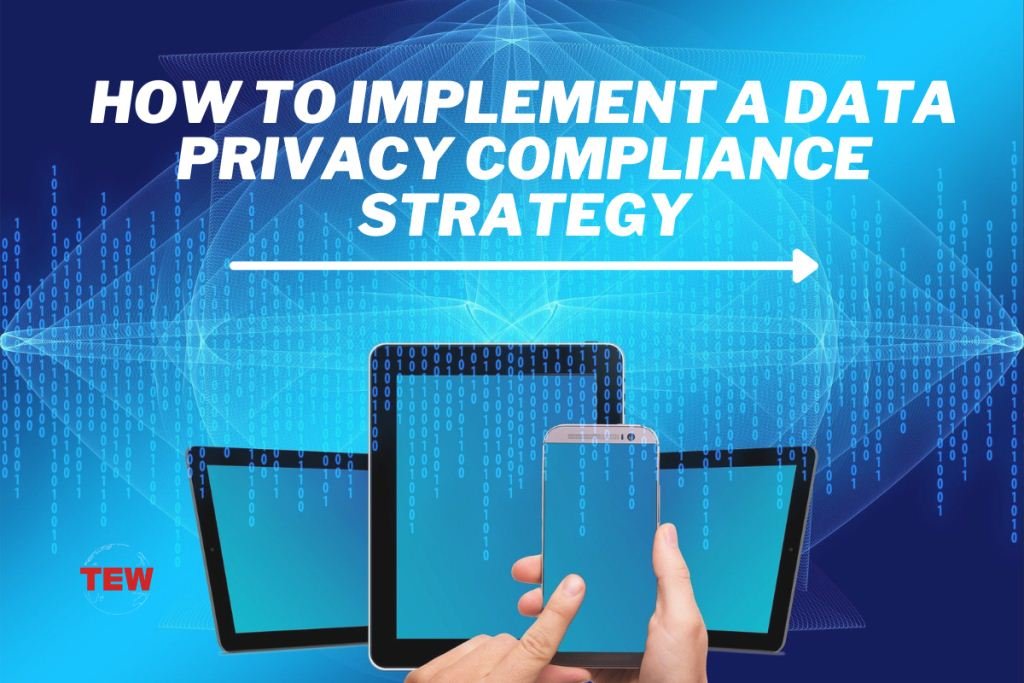Data privacy for your customers’ private information ought to be a top priority for your organization. A breach in the cybersecurity of your network can result in the leak of crucial information. When this happens, it may ruin the reputation of your business. You may also suffer a huge loss of revenue as your loyal customers may abandon your organization for another. Besides, if the information leakage caused loss of funds belonging to your customers, you may be sued and forced to compensate.
Having known this, you need to draft and implement stringent data privacy policies for your organization. Policies such as the HIPAA guide outlines the measures to be taken to seal electronic patient health and medical data. Private information of any kind should never leak to a third party.
The following are some ways on how your organization can implement data privacy compliance strategy:
1. Incorporate The Management:
To be compliant means considering the laws that govern the implementation of data privacy measures. So, your leadership team should deliberate on the best way forward. Besides, the implementation process comes with attached financial costs such as training of employees spearheading the processes.
Your organization may also need to buy software for secure data transfers and data protection, which may cost you thousands of dollars. Moreover, there might be some legal fees you should pay. Considering all these costs, there needs to be a budget for implementing your data privacy strategy, so you arrive at a sound decision.
2. Designate A Data Protection Officer (DPO):
For big companies, it might require you to appoint an individual for the privacy controls of your company. This could be mandatory following the General Data Protection Regulation (GDPR) policy for companies in the EU. However, if your company isn’t in this bracket, having someone in a similar position makes it easier for your company to deal with data privacy issues better.
A Data Protection Officer (DPO) will help your company in times of establishing data inventory, analyzing risks, mapping requirements, drafting procedures and policies, and monitoring the process of data privacy compliance.
3. Study Your Data:
- You need to clearly understand the nature of your organization’s data. To help you, answer the following questions:
- Where’s your data stored?
- What format is it stored in?
- Who can access the data?
- What’s your data used for?
The data in your organization include other information such as analytics, notes, and hard copies. Let your DPO create a data inventory outlining the collected information, its purpose, and whether there’s consent.
4. Understand The Legal Requirements
You need to be aware of the privacy laws that apply to your company, depending on the data type you handle. Some regulations include the GDPR for EU organizations or companies supplying goods and services to the EU.
You need to know the regulations governing the privacy of data within your country. Consult a data protection attorney to guide you on the legal requirements for your company.

5. Identify Potential Data Privacy Risks
You may not know how you can secure your data until you’ve known potential sources of threat, the level of vulnerability of your data privacy, and the impact it can cause your company. You can use a risk management framework such as ISO 31000 to draft a data privacy policy ensuring secure controls and procedures.
6. Draft Your Data Privacy Policy
This is a document from the board of directors that spells out the context of your organization and the adopted data privacy rules. Moreover, the policy document may show the responsibilities and roles governing the internal data protection of your organization.
7. Establish Necessary Procedures
Elaborate procedures are useful in the daily tasks regarding the organization’s data. Procedures may vary from one company to another, depending on the company’s requirements. Some common procedures in many organizations are:
- Steps for getting customer consent.
- How to safely dispose of data.
- Modalities of retaining records.
- Procedure for international data transfer.
8. Implement Controls
Data privacy controls are guided by potential risks and impacts to the organization. Therefore, implement controls that mitigate, transfer, avoid, or accept the risks. You’re likely to use both technical and non-technical controls.
9. Conduct Training
Specialized training is needed for key IT staff, legal team, auditors, security team, and your DPO on how to follow specific procedures. You can also train normal workers how to use and deal with private data.
10. Monitor Compliance
Data privacy isn’t a project, but it’s a continuous process of monitoring compliance, identifying new risks, and making necessary improvements. Regularly undertake checks that ensure the organization’s procedures and policies are adhered to.
Conclusion
The security of your corporate private data is determined by how well your data privacy compliance strategy is implemented. Ensure you follow the legal requirements of your state or country. Involve key players in your compliance strategies such as the senior management, legal team, auditors, and cybersecurity experts.





